An interest rate cut in May now seems more likely following an unexpected plunge in the March quarter inflation figures, released by the Australian Bureau of Statistics (ABS) on Tuesday.
The headline consumer price index (CPI)—the key measure of inflation—recorded a meager 0.1 per cent in the March quarter. This figure brings the annualized rate to a relatively benign 1.6 per cent—down from 3.1 per cent, and the lowest rate since the global financial crisis.
These figures took economists, who had forecasted 0.7 per cent inflation over the quarter with an annual rate of 2.1%, by surprise. The rates reflect a larger retraction in the economy than previously anticipated.
However, Treasurer Wayne Swan welcomed the news, saying, “These figures are… very encouraging. They give us a very healthy combination when it comes to our strong economic fundamentals.
“Growth returning to trend, unemployment at 5.2 per cent, solid consumption, contained inflation, a strong investment pipeline. That’s a very, very healthy outlook,” Mr. Swan said in a press conference.
The dive in inflation was largely accounted to a 30 per cent decline in fruit prices, driven by a fall in banana prices of 60 per cent. Audio, visual and computing equipment, as well as furniture, also added to the weak inflation figures, as each deflated around 6 per cent.
Whether the Reserve Bank (RBA) chooses to lower rates will be largely dependent on their own inflation measurements—the trimmed mean and the weighted median. Both are underlying measures of inflation that discount the headline figure by disregarding the most volatile items.
he trimmed mean CPI rose 0.3 per cent in the March quarter, equating to an annual rate of 2.2 per cent. The weighted median produced similar results with a quarterly growth of 0.4 per cent to bring annualized weighted median CPI to 2.1 per cent, according to the ABS data.
This places the underlying inflation rate at the lower spectrum of the RBA’s target band of 2 to 3 per cent. With the mining boom mark II not producing the inflationary pressures expected and other sectors of the economy continuing to decline, a rate cut now seems likely if the RBA is to protect its inflationary target. It’s anticipated to be the first rate cut of many.
“With inflation concerns clearly on the sideline, the RBA it will be free to consider cuts beyond the 50bps [basis points] we envisage for the near term,” said Westpac chief economist Bill Evans.
Rate Cut Anticipated Following Low Inflation
The dive in inflation was largely accounted to a 30 per cent decline in fruit prices.
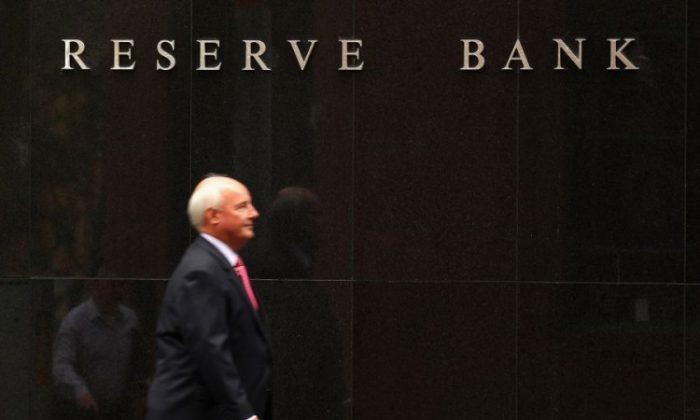
By Calvin He
4/29/2012
Updated: 10/1/2015
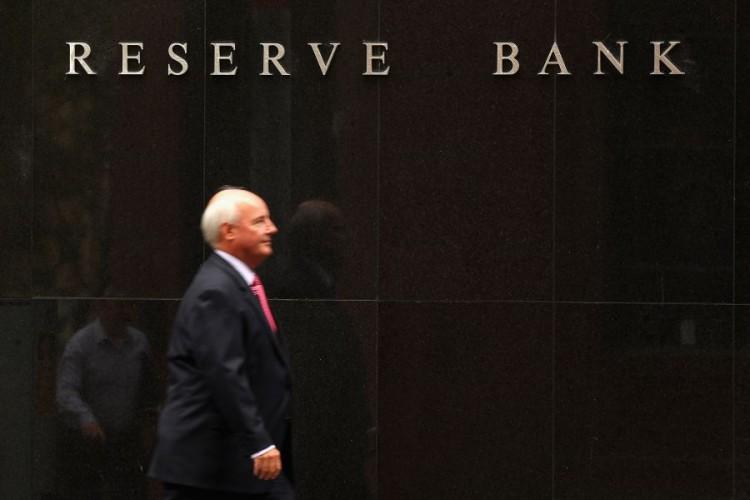
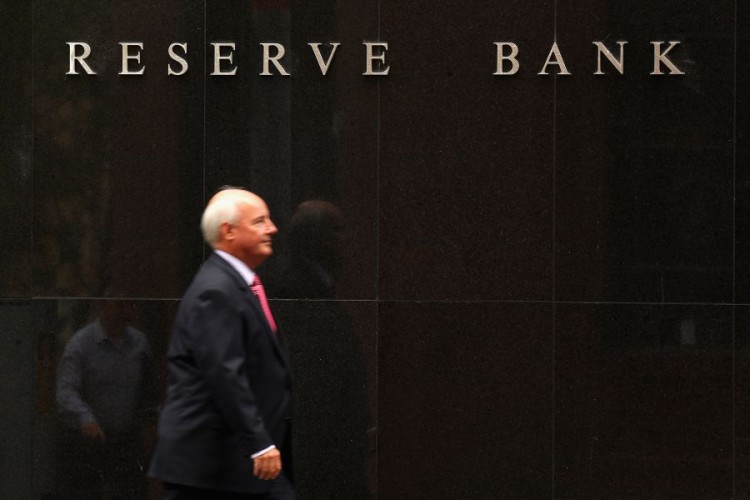
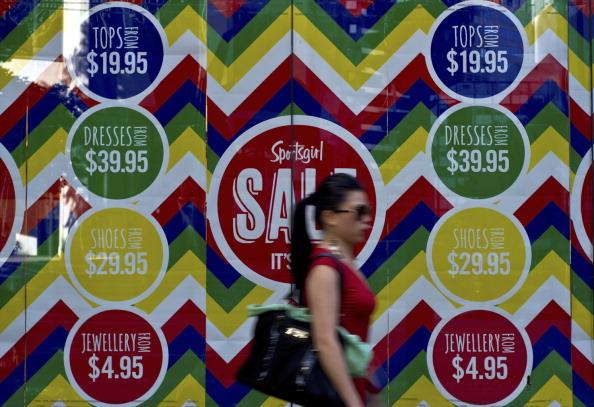

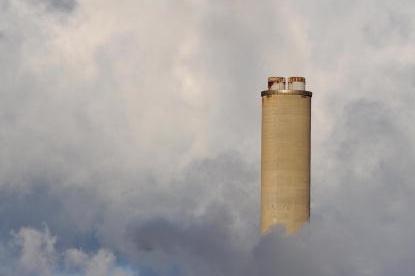
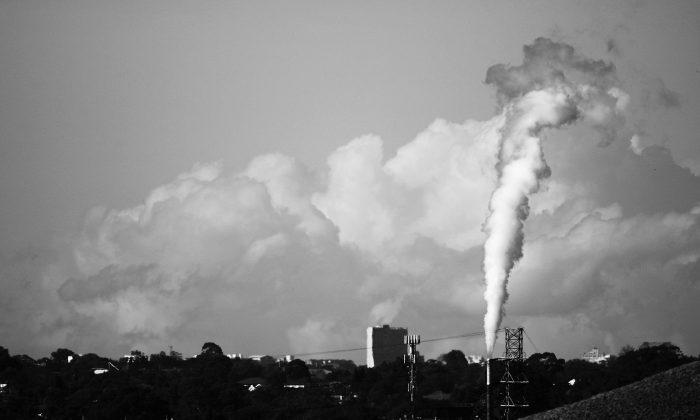
Friends Read Free